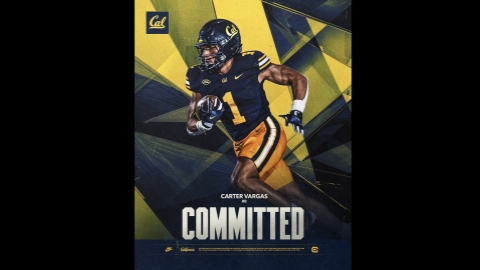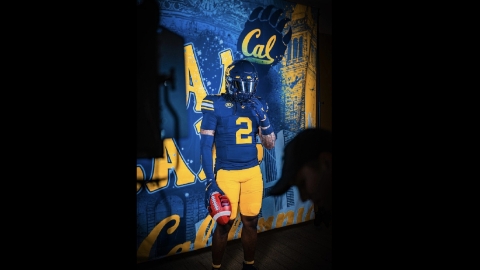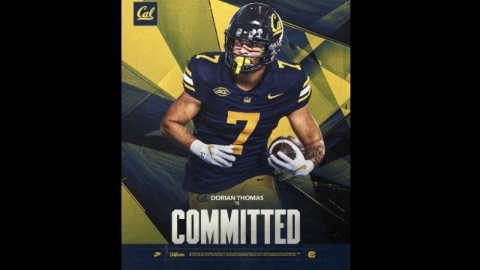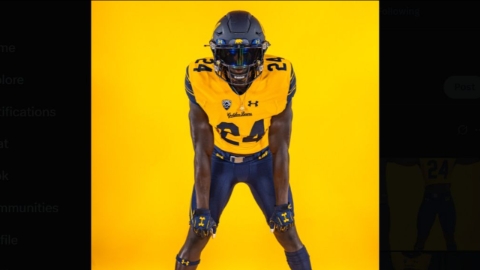
The Pac-12’s decision Thursday to play a seven-game season starting in early November raises a lot of questions on various levels. Cal athletic director Jim Knowlton and head coach Justin Wilcox addressed many of them in a Zoom call.
Here are some key ones.
What will practices look like and when will they start?
The Bears should be up to speed on the new testing procedure by the middle of next week, which opens the door to full contact. Right now the Bears are limited to a cohort (number of players in a group) to 12 with a six-foot “bubble” separating them and no shared equipment.
“We just in the last couple of days got clearance to increase the cohort size to 25,” Wilcox said. “They can use some shared equipment but they can’t be within the six-foot bubble. It allows us to grow the group, there is a little bit more that we can do. The key to the whole thing is once we get the daily testing it will allow us to close the bubble and get in each other’s faces, that’s where we can have walk-throughs and practice.”
Wilcox said he anticipates the first day of camp will be Oct. 9. And it will look like no previous camp.
“The leadup has been very different,” Wilcox said. “We haven't had a traditional offseason or a summer in terms of our physical preparation. The camp itself will be different because of the care hours as we call them. How much time you can spend with them. We anticipate that being more of an in-season schedule, a 20-hour rule as we call it, as opposed to an unlimited amount of time as in a traditional fall camp.
“The efficiency with which we do things is going to be so huge. Physically how we prepare our bodies so there is not a wasted moment or a day or a treatment. How we administer practice, what we practice, what we install. The amount of time we practice early in camp, how we start to mesh and prepare our bodies to lead up that first game.”
Will some players choose to opt-out of the season?
“We have had a small numbedf of guys opt-out,” said Wilcox without naming names. “The overwhelming majority of guys want to play.”
He stressed neither he nor the administration would be “judgemental” and that the players who opt out would retain their scholarships. “When it’s an appropriate time we will release a roster and you can see who’s in and who’s out.”
How many players will be on the roster?
Who knows?
“The conference hasn’t given us any mandate on the cutdown (form a normal roster size),” Wilcox said. We have talked at length about travel rosters and numbers available to play a game. Those type of things. ...I imagine the institutions will have the final say about how many we keep on a roster this fall.”
Because USC and UCLA are in the South Division, Cal and Stanford in the North and there is only one regularly scheduled inter-division game ,does that mean Cal will not play all is intrastate rivals this year?
Probably.
“We have a seven-game model that we have been looking at,” Knowlton said. “We are going to play all the teams in the North. What hasn’t been determined is who do you play in that last game if you are not in the championship game.
“Obviously we love the rivalry games with the other California schools, but because this is such a crazy year, there is nothing that is really normal.”
One option might be to bend the scheduling rules a tad, skip one North opponent and plug in both LA schools “That would force three other teams to have to play either away or at home against the same team three years in a row,” Knowlton said. “Every decision you make has second or third-order effects.”
Knowlton said he expected the schedule to be released next week.
Almost lost in the excitement of the football restart was the fact that basketball season will start Nov. 25, and that practices can now move indoors.
“I have two happy basketball coaches right now,” Knowlton said of Mark Foix and Charmain Smith. “We can use Haas Pavillion and Gold Gym at the 10 per cent level right now. In square footage that gives them 29 people on the floor at the same time and at Haas about 20. That meets the needs for both of the programs.”
Related:




